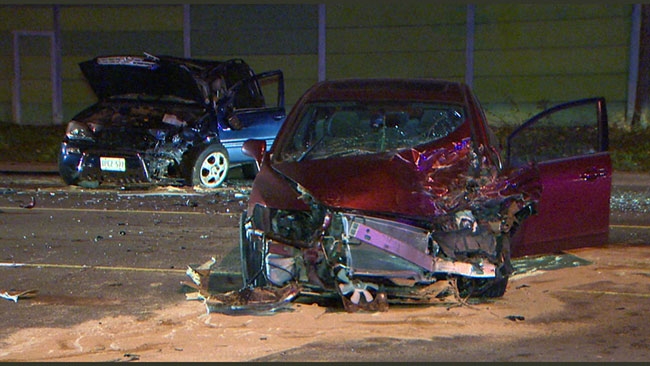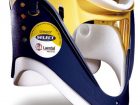
Extrication tips: New approaches to patient care
Chad Roberts
Features Extrication TrainingIn my last Extrication Tips column, we left off talking about best practices for patient care. I discussed the process from the point of access, to full ABCs, cervical spine immobilization, and primary assessments.
 In my next article Continuing his discussion on patient care
In my next article Continuing his discussion on patient careJust like with anything in our service, firefighters are always striving to do more. In the field of auto extrication, this means going the extra distance for patients in and around the accident scene.
This article will address how some extrication teams are changing their approach to patient care. Some of the following ideas have been around for some time, but with new research emerging from the United Kingdom, United States and Canada, we may be on the verge of some major changes in how we can provide better care to our patients.
The three things I’m going to cover are the most appropriate applications of the cervical collar, changes to assessments that determine a patient’s need for full immobilization, and the possible decline of backboards.
For a long time, many firefighters have had the impression that once a spinal injury is suspected in an accident, we should slap the collar on our patients as soon as possible. However, in a recent study published in Emergency Medical Journal, a group of British emergency medical experts concluded this might not be the best approach. The study shows that premature use of the c-collar is not only detrimental to a patient’s comfort level (which can lead to increase levels of anxiety and quicker progression of shock), it can also cause more difficulty for patients breathing quality and even increase intracranial pressure. In fact, the researchers found that conventional extrication techniques can cause up to four times more cervical spine movement than controlled self-extrication.
I’m not saying you should throw your collars in the garbage, but it might be more effective to delay the use of the collar until the patient is physically extricated from the vehicle, thereby using it more as an immobilization device. Once the patient is in EMS care on the stretcher, the collar can be removed to provide the patient with better comfort and overall status.
Proper patient assessments, which are used as baselines in these studies, determine whether or not our patients should be immobilized or allowed to walk away from the vehicle. The use of something as simple as the Canadian C-Spine Rules can give us an idea of which of our accident victims should be packaged or not. Another study in the Emergency Medical Journal from 2014 showed that patients who walk themselves to the ambulance had less overall spinal movement than patients who are packaged, removed and strapped to a backboard. A patient suffering from a minor injury will subconsciously try to protect that injury themselves rather than being immobilized.
This is does not mean that our services are no longer needed at the scene of an accident – far from it. What these studies suggest is that crews should take a more focused patient assessment to better understand the next steps in the extrication process. Extrication is always necessary to provide proper assessment and create the space required to best accommodate patients and their injuries.
Lastly, I would like to discuss using backboards during the extrication process. It is possible that backboards will no longer be used to transport patients over long durations. Some researchers have pointed out the effectiveness of other devices like the Kendrick Extrication Device (KED), arguing it may be the best option to remove and transport patients. Since the 1980s, an increasing number of medical studies have shown the past practice of collaring and then strapping a patient to a flat, hard board is detrimental to the patient’s well-being. Instead, like the collar, the backboard should be utilized more as an extrication device during patient removal. Once patients are safely in an ambulance, they are transported on the stretcher only. This approach is proving to be more beneficial to the human spine, which is contoured rather than flat like a backboard.
Although this may be different from what we’re used to, we must remember that these ideas, studies and results are not intended to deviate us from our extrication plans. Patients still need to be assessed properly, and the extrication crew must create sufficient space to create a spinal inline removal path. Try to imagine the patient with a plunger on their head. If the patient is suspected of a spinal injury, our ideal path is to keep that plunger as straight as possible.
Once again, these are simply research and ideas that are still being analyzed through further studies. I am by no means saying crews should throw previous techniques away today and put these new ideas to the test in the field tomorrow. This article is intended to be a heads-up as to what is already being done in some places around the world, which may become a reality in Canada in the not-so-distant future. Just this past week, I heard someone refer to auto extrication as “patient extrication” and how we need to change the focus from simply ripping up vehicles to the best removal practices to get our patients from the vehicle. I couldn’t agree more.
In my next article, I will address glass management, including new ways glass is being placed in modern vehicles and how first responders can approach these changes. Until then, be smart and never stop watching, reading and listening.
Chad Roberts is a firefighter in Oakville, Ont., and works on a heavy rescue. He is a member of the Oakville extrication team and competes and trains across North America. chadroberts12@gmail.com
Print this page

